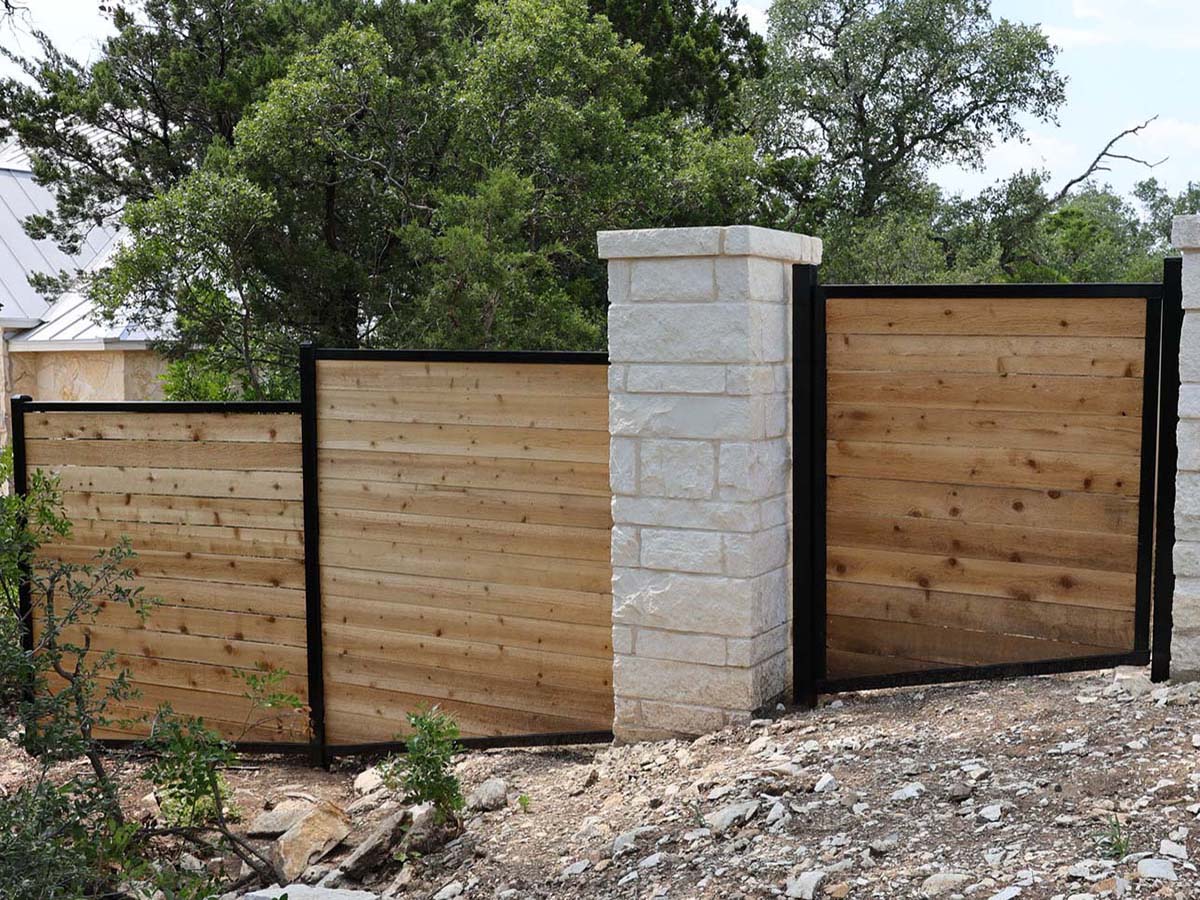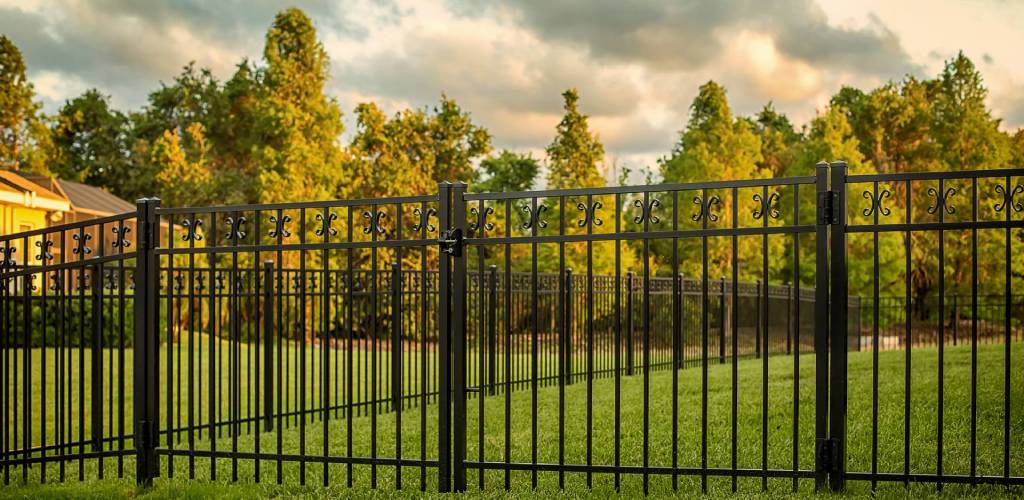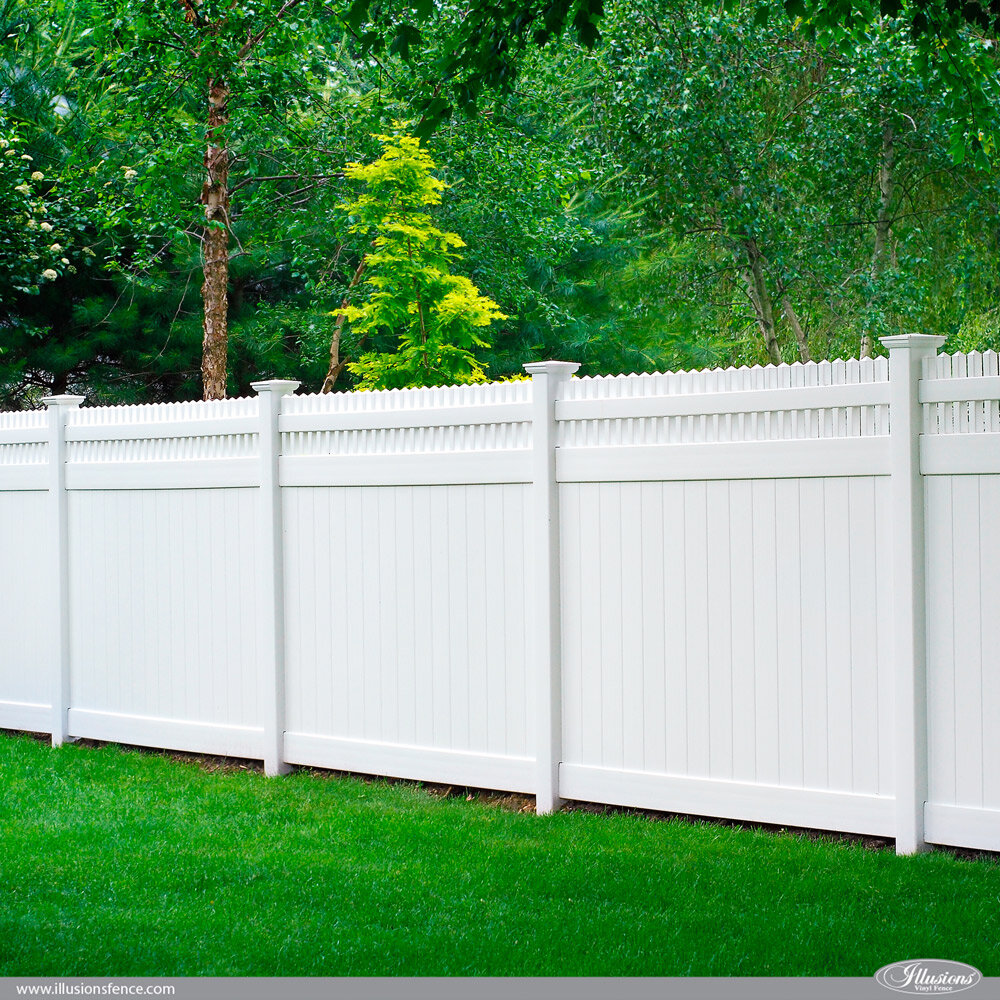All Categories
Featured

As sustainability comes to be a significantly crucial factor to consider for home owners, more people are turning to environmentally friendly secure fencing products. Whether you're developing a fencing for privacy, security, or aesthetic objectives, selecting products that reduce ecological impact is a terrific means to add to a healthier planet. Here's a take a look at the leading environment-friendly fencing materials available today and their benefits.
- Bamboo Fence: Fast-Growing and Renewable. Bamboo is just one of one of the most lasting fencing materials on the market. Unlike standard timber, bamboo is exceptionally fast-growing, which suggests it can be harvested without depleting forests. This makes it an extremely renewable energy, with some varieties expanding up to 3 feet in a solitary day.
Ecological Advantages: Bamboo soaks up more carbon dioxide than lots of other plants, helping to counter greenhouse gases. Its rapid development price suggests it can be collected consistently, making it a renewable material. Sturdiness: Bamboo fencings are normally resistant to insects and decay, particularly when correctly treated, reducing the requirement for chemical therapies. Visual Appeal: Bamboo offers a distinct, natural appearance that matches both typical and modern landscape design designs. Nonetheless, while bamboo is a terrific choice, it is very important to make certain that the bamboo utilized is responsibly sourced to prevent contributing to environmental degradation.
- Recycled Steel Fence: Resilient and Multiple-use. Recycled metal fencing, such as light weight aluminum or steel, offers a green choice to conventional wood fences. These metals are often made from recycled materials, minimizing the need for brand-new mining and the ecological impact linked with drawing out raw materials.

Environmental Advantages: Metals like aluminum and steel are 100% recyclable, implying they can be recycled and repurposed forever without shedding quality. Longevity: Metal fencings are incredibly resilient, immune to weather, parasites, and put on, making them a lasting selection that does not require to be changed regularly. Low Upkeep: Recycled metal fencings call for minimal upkeep and do not require to be repainted or sealed consistently, lowering the demand for added chemicals. The main downside is that steel fences might not offer the very same privacy as timber or plastic alternatives, as they can have spaces relying on the style.
- Recycled Wood Fence: All-natural and lasting. For those who enjoy the classic look of wood but want an eco-friendly option, recycled timber fencing is an exceptional option. This product is made from redeemed wood from old structures, pallets, or also furnishings, diverting these materials from landfills.
Ecological Advantages: Utilizing recycled timber stops the demand to cut down brand-new trees, assisting to reduce and save forests logging. Visual Appeal: Recycled wood uses a rustic, all-natural look and can be personalized to fit any home style. Sustainability: Considering that it is sourced from existing wood products, recycled wood doesn't need new handling, which decreases energy consumption and carbon emissions. While recycled timber fences are an environmentally friendly choice, they might call for more upkeep with time than metal or bamboo fences, as timber can be prone to decay and pests if not appropriately treated.

- Living Fences: All-natural and Green. Living fencings, which are made from thick plantings like trees, bushes, or hedges, offer a entirely natural and green option to traditional fencing materials. These fences not just give privacy however also improve your yard with lovely plant.
Environmental Advantages: Living fencings can take in carbon dioxide, supply environment for wild animals, and enhance air top quality. Sound Decrease: Dense growings can work as all-natural , minimizing traffic noise or other unwanted audios. Visual Appeal: They include a soft, all-natural aesthetic to any kind of home and can be customized to fit any layout. While living fences are green, they do need regular maintenance such as trimming, watering, and in some cases pest control.
- Hemp Secure Fencing: Naturally Degradable and Solid. Hemp is another sustainable material that has made its method into the secure fencing sector. Hemp fencings are made from solid hemp fibers that are woven with each other to create sturdy and environment-friendly panels.
Environmental Advantages: Hemp expands rapidly and requires marginal water, making it a resource-efficient crop. The material is eco-friendly and can be composted when no longer needed. Strength and Toughness: Hemp secure fencing is weather-resistant and surprisingly strong, making it suitable for lots of climates. Sustainability: Hemp farming needs less chemicals and plant foods than typical crops, making it an environmentally responsible choice. Nevertheless, hemp secure fencing might not be as commonly available as other materials, depending upon your place.
Conclusion: Sustainable Choices for Every Demand. Picking environmentally friendly fence materials is a fantastic method to minimize your environmental footprint while still achieving the personal privacy, safety and security, and aesthetic you desire. From fast-growing bamboo to recycled wood and steel, there are a range of lasting options that can assist you develop an attractive, practical fencing while supporting a much healthier earth. By thinking about factors such as sturdiness, maintenance, and environmental effect, you can pick the very best eco-friendly fence product for your requirements and way of living.
Latest Posts
Explore Exclusive Auto Repair Offers in Chicago at Montclare Auto Repair
Published May 26, 25
1 min read
Discover Save Big on Car Maintenance with Montclare Auto Repair’s Limited-Time Deals
Published May 26, 25
1 min read
How to Know When Your Car Needs Expert Vehicle Service at Montclare Auto Repair
Published May 25, 25
1 min read
More
Latest Posts
Explore Exclusive Auto Repair Offers in Chicago at Montclare Auto Repair
Published May 26, 25
1 min read
Discover Save Big on Car Maintenance with Montclare Auto Repair’s Limited-Time Deals
Published May 26, 25
1 min read
How to Know When Your Car Needs Expert Vehicle Service at Montclare Auto Repair
Published May 25, 25
1 min read